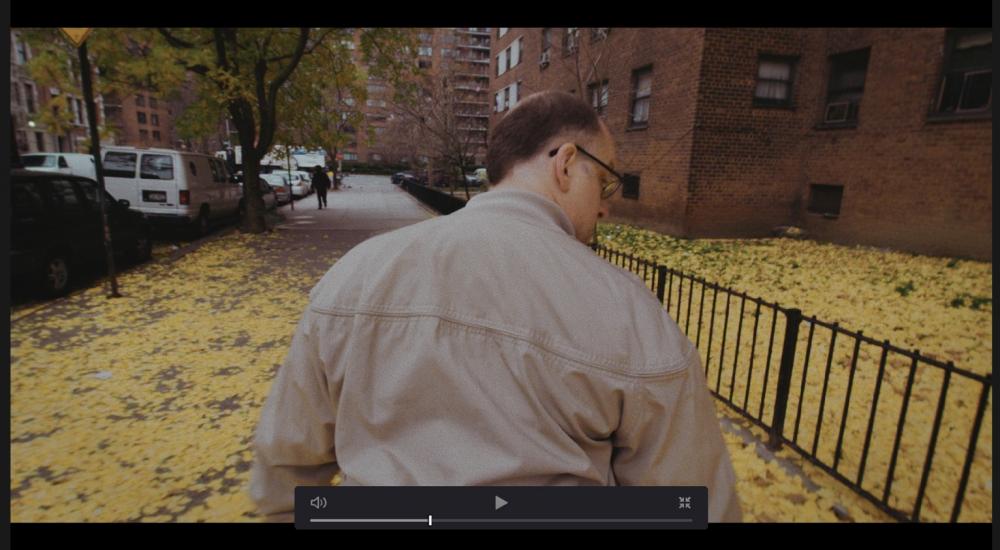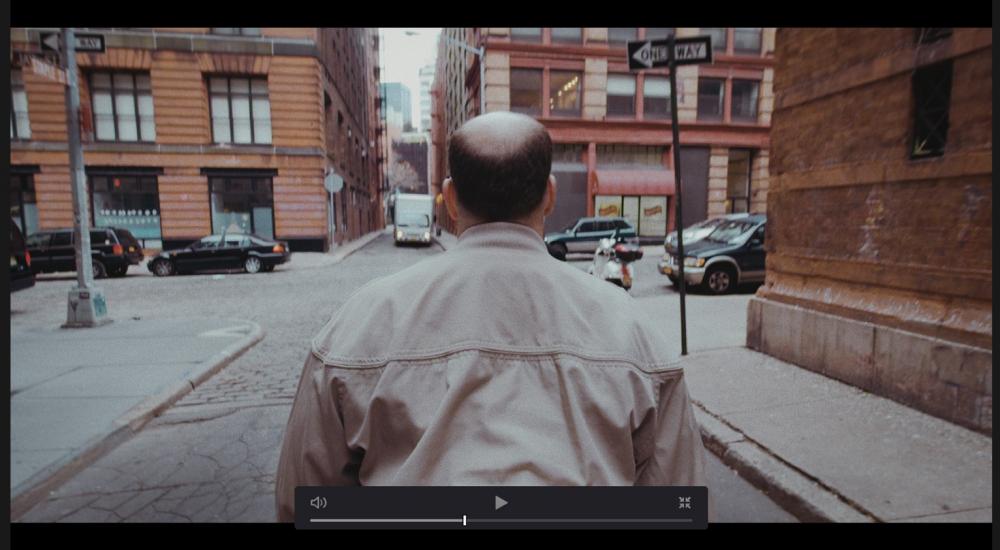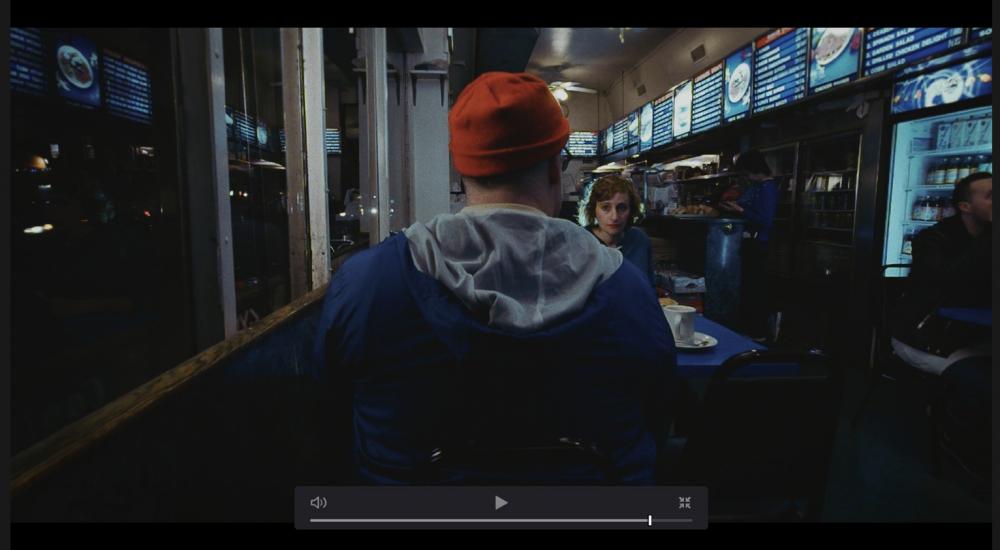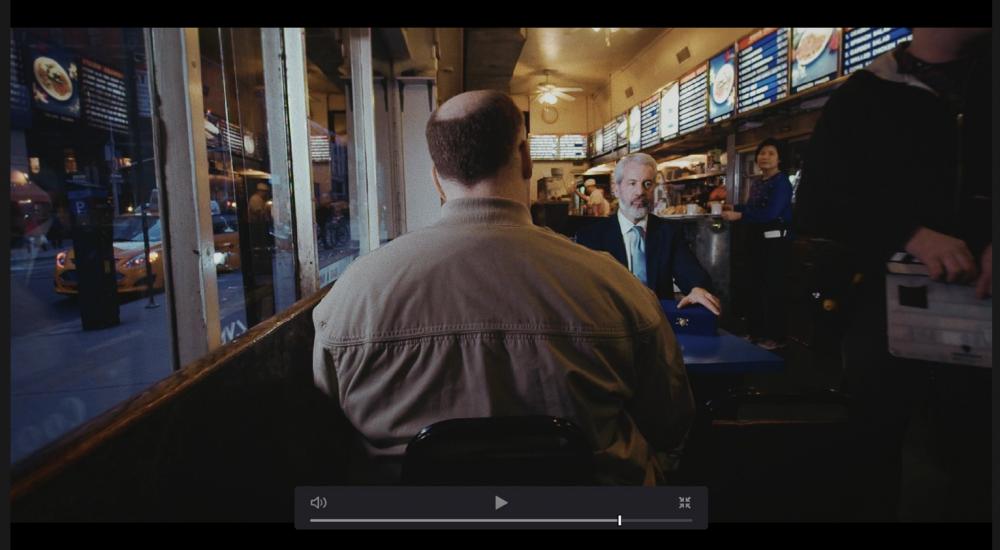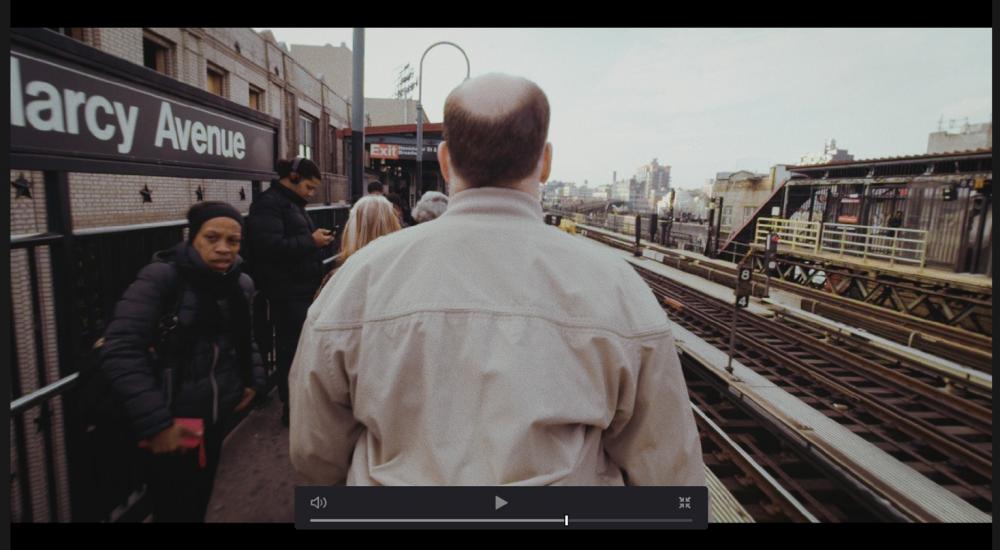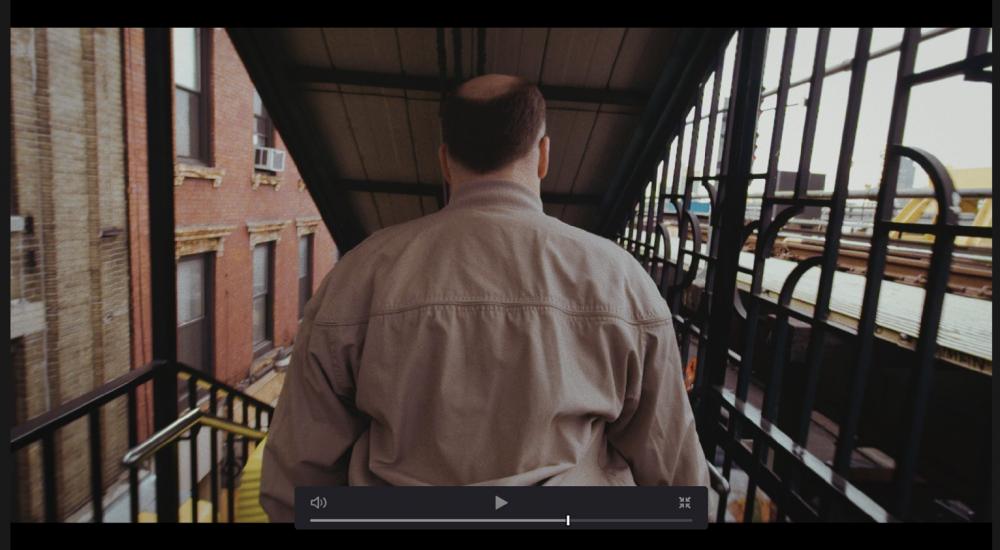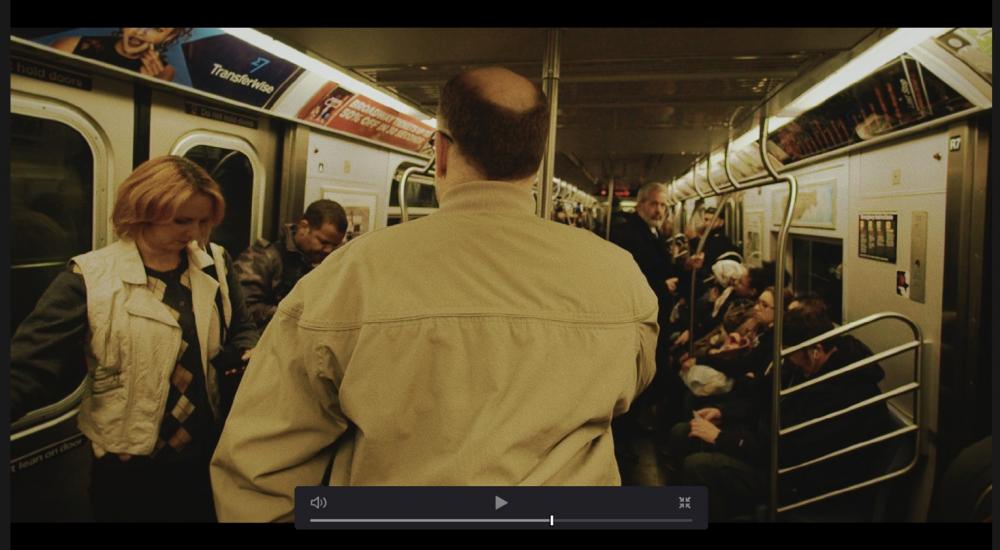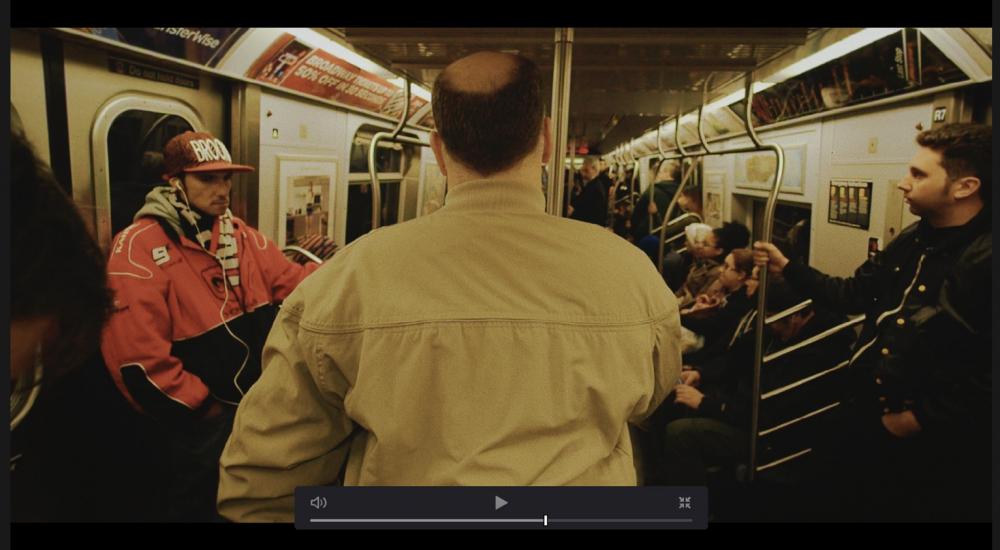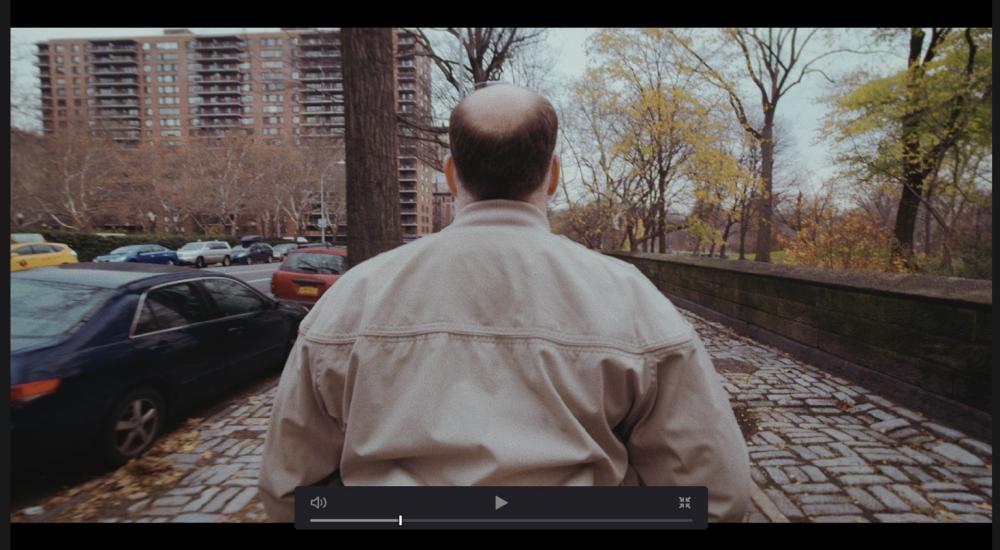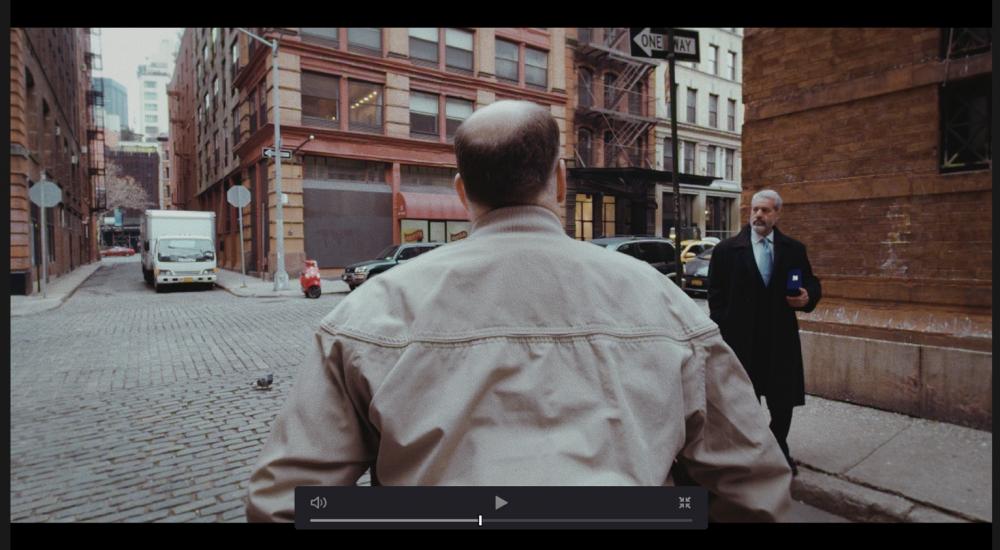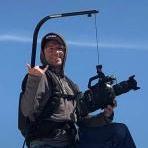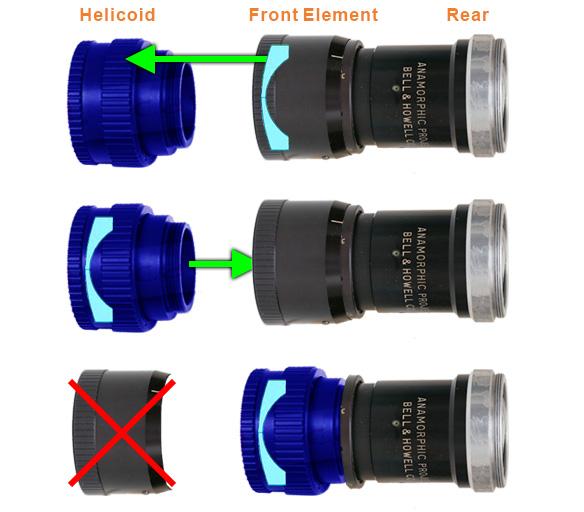Leaderboard
Popular Content
Showing content with the highest reputation on 12/10/2015 in all areas
-
They can see the difference, they just can't put there finger on what it is... Plus if it's newer it must be better... Right?1 point
-

SONY FS5 vs SAMSUNG NX1
Zach Goodwin reacted to AaronChicago for a topic
The resolution that I see from the C100/BMCC is ideal for me. I think what has made me reconsider is the new Blackmagic cameras. They just don't look as rich as the original models. The DR looks nice but it's just too sterile and digital-esque. Yeah I made that word up.1 point -

Olympus EM-D ii Stills Graded with Color Charts
kidzrevil reacted to fuzzynormal for a topic
Nice looking images; confirms my experiences with the EM5II. Out of the box you're not going to get the ideal motion picture images from it, but a little manipulation in cam and in post you can make it look very respectable. I dunno. I've found it more than capable. Others not so much. As for the film...I want to know what's in the case. It's Marsellus Wallace's soul, right? ;-)1 point -

Adobe Premiere Pro CC Now Supports H.265 NX1 Files
Marco Tecno reacted to sandro for a topic
Can you do the opposite? Record in 16-235 and bring back 0-255?1 point -
50P vs 60P
Santiago de la Rosa reacted to apoon204 for a topic
Question 1: I live in PAL region. I recently acquired a camera that can shoot 1080 at both 50p and 60p. I wonder if that 10 frames really make significant or obvious differences in terms of video smoothness (especially for fast action, for example, panning)? Question 2: The reason I asked is because I realized nowadays most of the PC monitor, or iMac for example, running at 60Hz refresh rate by default. I tried to watch both 50p and 60p clip from them. I found the 60p looks silky smooth, while 50p looks a bit, I don’t know what to describe (maybe jerky?), not as smooth as 60p. I wonder if that difference is caused either by the monitor refresh rate, OR that 10 frames? Question 3: I have tons of other footage at 25p/50i from other old cameras. Should I compromise for that 10 frames and shoot all the way at 50p from now on? Question 4: Further to Question 3, if I am going to mix and edit all the footages together in future, will 60P conversion to 50P/50i/25P become nightmares? If yes, I should sacrifices that 10 frame and shoot my master raw as 50P. Many thanks for your comments! Arno1 point -
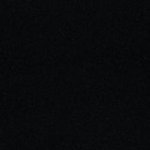
50P vs 60P
BrorSvensson reacted to Xavier Plagaro Mussard for a topic
At 60p you can have problems with lights!1 point -
Yes - I was referring to getting the Isco alignment correct by adjusting one on the optics ( in this case the front). By twisting to align with the rear optic, there will be a very finite mark where the optics correctly line up - that is what allows optimum sharpness of the anamorphic. Using longer lens (and live view zoom) to get this alignment at infinity is a good idea. Flaring the lens (non zoomed) is another good way of checking Isco alignment - if any of the streak flares are not horizontally parallel to each other, there is an alignment issue and therefore not going to be sharp as it should be. Sounds like you on the right track though.1 point
-

SONY FS5 vs SAMSUNG NX1
Zach Goodwin reacted to AaronChicago for a topic
I've sorta changed my tune recently on 4K. I really like true 1080 better for everything except product/landscape shots.1 point -
ISCO-Gottingen Animex S/8 2x?
redimp reacted to Bioskop.Inc for a topic
As Hans has said, its difficult to tell with your clip (might be slightly misaligned, which is what Hans was getting at?). Maybe use a longer lens, so when you do zoom in to check critical focus, it'll seem much closer & so be easier to tell. For me, the real test for Infinity is something way in the distance - that seemed to be about 10-20m away. Is that what you wanted/meant when you said Infinity? If so you're pretty close. What did you do to the lens?1 point -
I normalized. Messed with color contrast highlights lowered. Added film grain. Added blue in shadows. Contrast. A whole bunch of messing around to make it feel like fiji eterna. Camera is great in everything but crappy fluorescent lighting. Sensor stabilization is a miracle. Would rate it at 400 iso for clean video. Shot with 7 to 14mm olympus pro lens Was a body rig....snorticam attached to actor.1 point
-
Found him: Saul Leiter.1 point
-
This thread sums up my own observations. I do believe that too perfectly lit, framed and colored images can get in the way of the story. Did you see Netflix' The Killing, first two seasons? It's Seattle, and it's raining most of the time. The light is grey. Very often, particularly in long shots, the view is obstructed by sometimes unindentifiable foreground objects (or the said rain). I saw a book recently on an american photographer (forgot the name unfortunately, I thought it was Abel Leibner, something similar, but I got no hits on Google, does anyone know?). His photos also feature the main motif framed by a lot of obstructions, distortions or as faint reflections. Very interesting style, the opposite of Broadchurch season 2. You intentionally place distractions in the frame and let the viewer find the most interesting detail (which is the action of the characters always anyway). In the first episode of Fargo season 2, I liked the photography, but it doesn't seem to be good style, because now I just see it as decorative, and it distracts me. Maybe though that only camera nerds like us notice these things ...1 point
-
I have a new housing, which has rim groove inside to reduce the reflection.... :-) Customized machining, material: AL_7072. it's tricky to pull the glass out though.1 point
-
Hard to tell with that video clip. Set to Isco and taking lens to infinity (or what you guess is infinity mark) - use zoom in live view monitor to zoom in as much as you can at an object at distant object. Rotate front or rear optic (whichever one you altered) twist/push/pull until you get it as sharp as you can. That is then confirmed by checking the alignment with its horizontal flare, you ideally want all horizontal lines in the streak flare to be nice and parallel with each other. If you get these thing happening, you'll know that the alignment is correct and sharpness will be acquired at infinity.1 point
-
You have to use fast color corrector and raise the black to 16 to get the same result as the conversion to prores.1 point
-
Yea, the guy knows how to market... That's how he could sell plastic shite sunglasses for $100s1 point
-
Raven Footage
Ed_David reacted to silvertonesx24 for a topic
They hired Peter Jackson to shoot a short film for their Red One promo. They are literally the Rolex of the camera world. Most people think they are the end-all-be-all, especially those on the periphery of the world, when they are neither high nor low; they just know how to brand far more effectively than anyone else.1 point -

Raven Footage
Ed_David reacted to Viet Bach Bui for a topic
The problem with having a heavily produced promo for a low-budget camera is that its intended target most likely can't afford that level of production, while those with the budget to do so generally wouldn't bother with a budget camera.1 point -
I've been really impressed with season two of "The Leftovers". Overall pretty impeccable filmed. They do a lot of handheld and occasionally miss a focus pull, but it works with the aesthetic. However - night scenes with a fairly openDOF - you can really see the soft filters in the bokeh. Watch the birthday party scene early in season 1 - every party light has a grid of black dots. Stuff my mrs. doesn't notice, but man - really surprising to see something so odd. I've caught it in season two every here and there, but nothing like that party scene.1 point
-
Raven Footage
Ed_David reacted to silvertonesx24 for a topic
Any camera will look great in a pro environment. If you have production design, makeup, costumes, and sets on the level of this video, and the crew and the budget to support it, you'll get something that looks damn good. Something like this meant to fool the 90% of creatives who spend their hours wondering why their content sucks, and then they see this, so obviously, it must be that they are not using RED1 point -

best clamp for a kowa 16s?
Jim Chang reacted to Ian Edward Weir for a topic
There are other alternatives but Redstan's clamps will get you closest to you taking lens. They are also the easiest to use, the safest being your anamorphic lens will not fall to the ground when your adjusting your alignment, and the sexiest in my option. You get what you pay for. Redstan is the man and his clamps are amazing but if you are in a crunch for time and money, Jim at Rapidotechnolgy could have a alternative. http://www.rapidotechnology.com/1 point -
If Andrew is moving back to London - that's a Zeiss every other week for a 1 bedroom flat lol - yes Europe we are mad!1 point
-
Rectilux Extreme Low Light Test (f/1.2)
Jim Chang reacted to Brian Caldwell for a topic
Optics is mostly simple, with some occasional complexity thrown in to make it interesting. In fact, I've almost completely forgotten all the fancy math I learned after high school, since by and large all the math you need to know to be a successful lens designer is geometry, trigonometry, and a bit of algebra. In your case, assuming that the anamorphic portion is working at infinity (i.e., parallel light in and parallel light out) the aperture of the optical system is determined by the diameter of the iris diaphragm in the taking lens *unless* there is some other limiting aperture in the system. Imagine that you take a pin and poke a tiny hole in a large piece of aluminum foil. Next, open the f/1.2 taking lens wide open and place the aluminum foil in front of your Rectilux so that the pinhole is centered on the optical axis. Clearly, in this case the f/# of your lens system is determined by the diameter of the pinhole and not by the diameter of the taking lens' iris diaphragm. So we would say that the pinhole is the limiting aperture in your lens system. In your case the clear aperture of the back of the anamorphic section is 43mm in diameter (assuming it is round and not rectangular). This means that the collimated on-axis beam of light exiting your anamorphic section cannot exceed 43mm in diameter, and may be less if any of the other optical surfaces in the Rectilux or your anamorphic group are limiting apertures. The entrance pupil diameter of your 85mm f/1.2 taking lens (most likely 1/3 stop faster than f/1.4, or f/1.2599 in reality) is 85/1.2599 = 67.5mm. Since 67.5mm is bigger than 43mm you are underfilling the entrance pupil of the taking lens. As a consequence, you could stop down the taking lens until its entrance pupil is reduced to 43mm, and have no impact on the actual f/# of the system. In your case, the actual maximum f/# would be f/(85/43) = f/1.98 ~ f/2, and not f/1.2. Again, this assumes that the limiting aperture of the system is the rear aperture of the anamorph, and not some other surface in the Rectilux or the anamorph. If either of the latter is true then your true f/# would be slower than f/2.1 point -

A few musings on what I missed in my month off from EOSHD!
IronFilm reacted to fuzzynormal for a topic
I enjoy this website because I'm a gear oriented guy. Even better because I'm a CHEAP gear oriented guy. I like consumer stuff. But gear is only one aspect of making films. The slant of user conversations on this site might imply to a neophyte reader that camera gear is the primary consideration of the film making process. That's not right or wrong, it's just the way it is. I certainly think gear should only be a secondary consideration. I'd even argue that these days it could almost be an afterthought, depending on what one is trying to accomplish. As in, "Well, we have a t3i already, let's just use that." But, really, those creatives that are going to be successful at this motion picture stuff will be able to figure that out for themselves. Those that don't, well, there's a lot of us around to write words on the internet.1 point -
SLR Magic Rangefinder vs. FM vs. Rectilux..?
Jim Chang reacted to Brian Caldwell for a topic
The front element diameter doesn't have any direct affect on sharpness in the sense that you can always conjure up a counter example. For instance, I could add a foot diameter filter to the front of any taking lens and the sharpness would hardly be effected at all. Again, what really matters a lot is the entrance pupil diameter, which is the diameter of the image of aperture stop as viewed from the front of the lens. Of course, there are limits to the sharpening effect of using a shorter focal length taking lens. If you go too short then you'll encounter aberrations and/or vignetting in the outer parts of the image.1 point -
Hi Rich - Thank you for your response!!! This certainly seems like a more affordable solution than finding a machinist to fabricate a new front element. I made the following diagram to make sure I understand the process: Transfer the glass from the B&H front element to a suitable helicoid (using step/filter rings as needed).The helicoid with the B&H glass then replaces the old front element and is joined to the rear assembly.The old front element is not needed and can be stored in case it's ever required again.Is this correct? If so: Which kind/brand of helicoid did you use (or would you recommend)?Will the helicoid require any adaptation or modification to join the rear assembly of the B&H?Which kind of step/filter rings did you use (or would you recommend) for the glass? If you're able to go down to 58mm on aps-c with little or no vignetting, what would be the shortest lens usable on m43? 40mm-ish?And the million-dollar question: Since the B&H is doing the focusing and not the taking lens, can it be used with a parfocal zoom?Thanks again for the info, I'm excited to reach the point where I can start putting this modification together and share some test footage. if anybody else has anything they can share, it would be hugely appreciated - I'm hoping to consolidate enough info to add back to the Anamorphic Lens-opedia. Cheers, |. . | .|1 point
-
If interested i have Bausch & Lomb Anamorphic Cinemascope Lens same weight as the one on ebay but will take 35mm and up lenses it also come with custom machined clamp This lens will focus 12ft to infinity its really nice lens and it flares but not to much I have made posting on kijiji http://www.kijiji.ca/v-view-details.html?adId=1050947357 I see you are from Canada i am in Hamilton Ontario Some projects done with this lens http://vimeo.com/101107957 Music Video Thanks any more info let me know1 point


